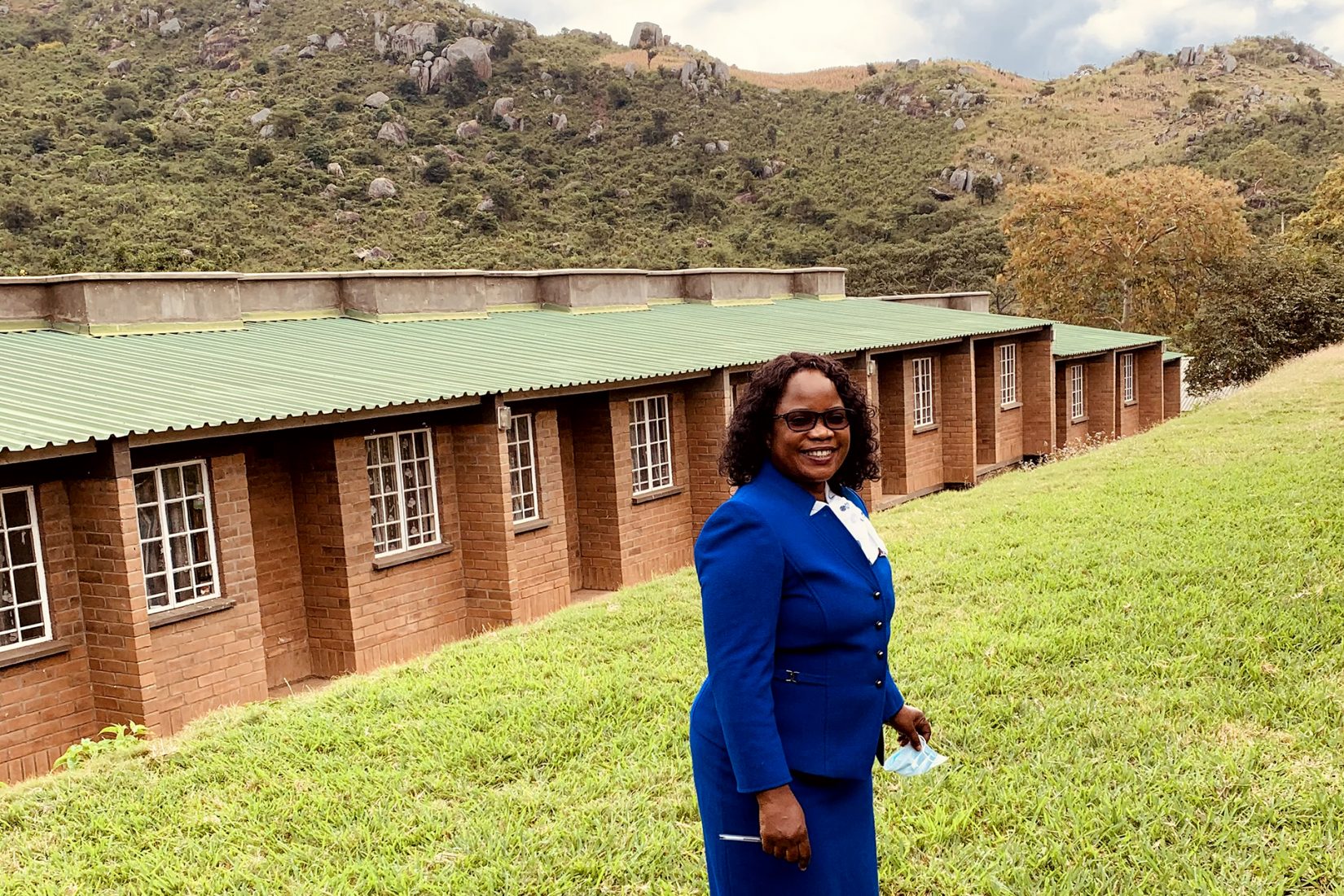Alice was able to stay current in part thanks to her participation in the online capacity building programme for maternal and child health, a part of the SI Public Sector Innovation Programme offered by Karolinska Institutet.
-We got lots of information and learned how to implement and initiate change. Midwifery is a very dynamic profession with constant changes. We have to learn to initiate change to achieve better outcomes for mothers and babies.
As current Dean of Nkhoma Nursing and Midwifery School, it is crucial that she stays on top of new information and methods. As a direct learning from the programme, she is now focused on spreading the word about the upright dynamic position during delivery.
-In Malawi, about 90 per cent of babies are delivered when mothers are lying down. At the programme, we saw that the upright position facilitated delivery and babies being born fast, with better outcomes.
Since her return, Alice has noticed that local midwifes appreciate the upright dynamic positions, and the challenge is getting more to use it.
– As we teach new students, they are then deployed throughout the country and are able to act as change agents. Other ways we try to initiate change is through conferences and meetings. We also have the Association of Malawian Midwives through which we disperse information.
When asked if she sees herself as a change agent, Alice laughs and claps her hands.
-Yes, I feel so! Because I am trained, I am able to direct the school and hospital so we can implement the initiatives and scale up to other facilities. We will have best practices throughout the country.
She goes on to describe another big difference between midwifery in Sweden and Malawi.
-It was interesting to see midwives and mothers work together for better outcomes. One thing I brought back with me was collaboration and a multi-disciplinary team of doctors, clinicians, medical assistants, and nurses all working together. We have initiated it here at a local health centre.
Alice explains that they are used to a medical model where doctors take most decisions with little or no consulting with the midwifes. She is keen to implement the team efforts, and especially the midwifery-led model.
-We want better outcomes for mothers and babies. During the programme, we learned to make decisions and be equipped with confidence so we can assist in most interventions. In this model doctors are teammates with whom we can consult together. If I am able to introduce better attitudes to students today, then in the future Malawi will have midwives who are autonomous, skilled and competent.
Note: Alice Kadango is currently working at another university in Malawi.
Facts: Capacity building training programme for public health officials in maternal and child health in Ethiopia, Kenya and Malawi
- The core of Karolinska Institutet’s training programme is a care model called MIDWIZE (Midwife led interdisciplinary care and zero separation between mother and newborn). The model is based on recommended and evidence-based care routines that contribute to improved child and maternity care during and after childbirth. The training programme aims to contribute to Goal 3 (Good health and wellbeing) of the Sustainable Development Goals.
- Participants worked in groups in each country. They carried out successful projects where the groups implemented effective care routines that the midwife carries out in connection with the child’s birth.
- Compilations of data from before and after the participants’ projects show an increase in several key areas of effective care routines that the midwife performs. For example, dynamic positions, where the woman can move her pelvis freely during labour and delivery, increased from 0 to 42 per cent in Malawi. In Ethiopia, the incidence of baby and mother being skin to skin immediately after birth increased from 44 to 86 per cent.
- The training programme is part of the SI Public Sector Innovation Programme and is carried out by Karolinska Institutet.
